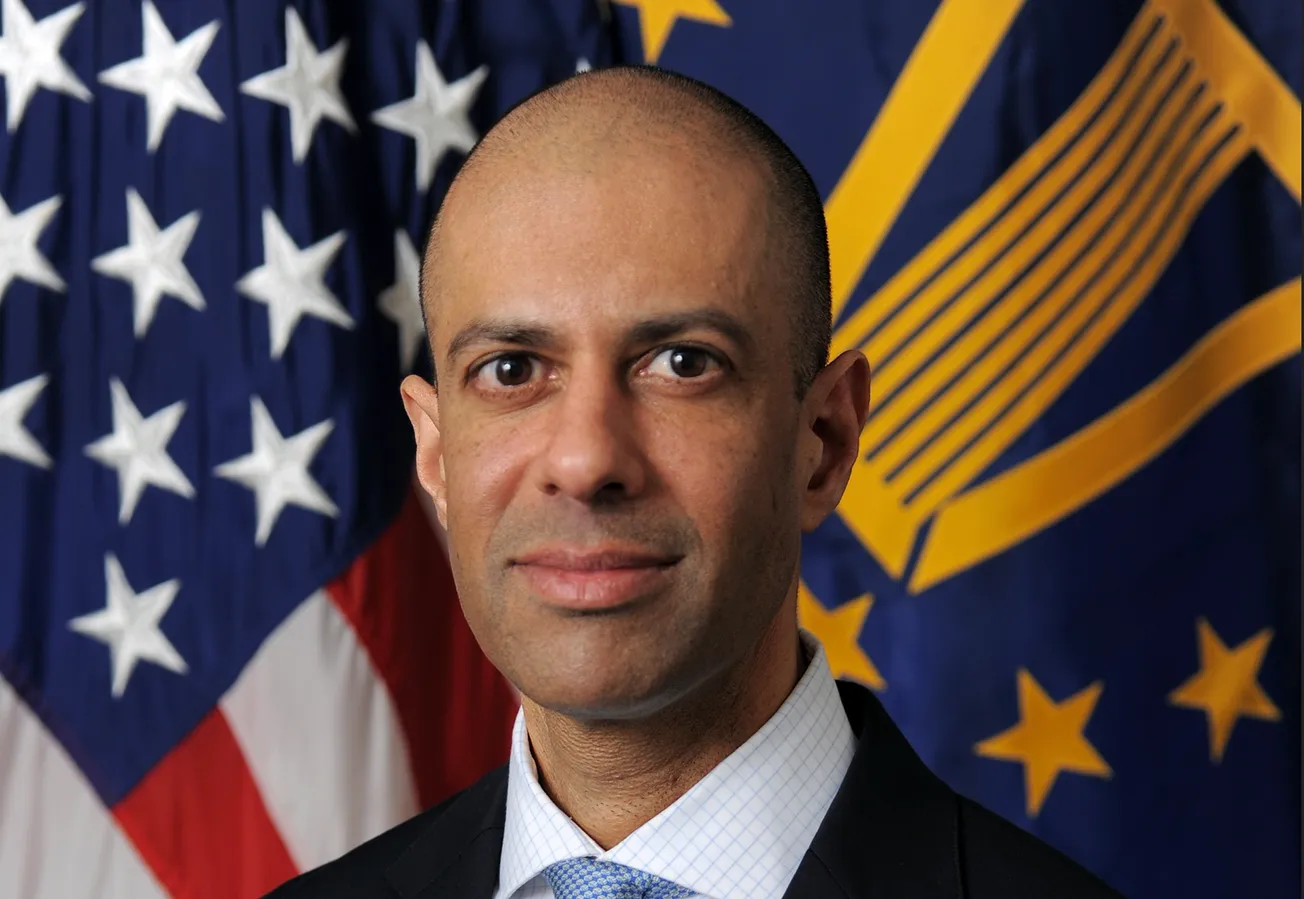Yesterday, Vipin Narang, the Acting Assistant Secretary of Defense for Space Policy (and the top Pentagon official in charge of nuclear policy) delivered a speech to the Center for Strategic and International Studies (CSIS) International Security Program in which he portrayed the U.S. as all goodness and light when it comes to nuclear weapons policy, and Russia, China and North Korea as villainous rogue states, to which the U.S. must respond, “to deter” their bad behavior.
Titled, “Nuclear Threats and the Role of Allies,” his remarks included: “While the Administration has long sought to strike a balance between deterrence and arms control, we now find ourselves in nothing short of a new nuclear age—an unprecedented mix of multiple revisionist nuclear challengers who are uninterested in arms control or risk reduction efforts, each rapidly modernizing and expanding their nuclear arsenals, and openly threatening to employ nuclear weapons to achieve their aims.
“These challengers’ actions have forced us to shift to a more competitive approach….
“Let me be clear: Competition is not a foregone conclusion—if our adversaries make different choices, so will we. But so far, they have not, and show no interest in doing so. So, if our adversaries continue down their current paths, the United States—alongside our allies and partners—is ready, willing, and able to confront the challenges of a new nuclear age.”
As for changes in the U.S. nuclear posture, Narang said that the program of record described in the 2022 NPR “is necessary but may well be insufficient to meet the deterrence challenges of the future and to mitigate risks that could arise during the transition to a modernized nuclear triad.” Therefore, “we must lay the groundwork now so national leaders have options to quickly and responsively adjust the future nuclear force if needed.” The steps include going ahead with the development of the B61-13 nuclear gravity bomb; extending the lives of the aging Ohio-class ballistic missile submarines in order to prevent gaps during the transition to replacement systems; and proceeding with the sea launched nuclear cruise missile that was mandated in the 2018 nuclear posture review but initially rejected by the Biden Administration “to ensure we are meeting our shared goals of getting the most deterrence value for the least risk to the modernization program, the nuclear weapons complex, and the Joint Force.”
Also on the table is the future expansion of the structure of nuclear forces itself. “We have begun exploring options to increase future launcher capacity or additional deployed warheads—on the land, sea, and air legs—that could offer national leadership increased flexibility if executed,” Narang said. He added later: “Absent a change in the nuclear trajectories of the [People’s Republic of China] P.R.C., Russia, and North Korea, we may reach a point where a change in the size or posture of our current deployed forces is necessary. There is no need to grow the stockpile yet, but adjustments to the number of deployed capabilities may be necessary if our adversaries continue down their current paths” (emphasis in original).




